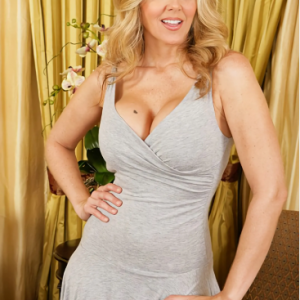You’ve probably seen those odd, round bruises on the backs of athletes or celebrities and thought, “What in the world happened there?” The answer? Cupping therapy—a healing method that’s been around for centuries, but has found fresh popularity in today’s wellness circles.
Cupping involves placing specially designed cups—made of glass, silicone, or bamboo—on the skin. The goal? Create suction to pull the skin upward, which is believed to increase blood flow, ease muscle tension, and kickstart your body’s natural healing processes.
Sounds a little weird? Maybe. But for thousands of years, people have turned to cupping for pain relief, detoxification, and energy alignment. Whether you’re a wellness newbie or a seasoned self-care seeker, this is one treatment that gets people talking.
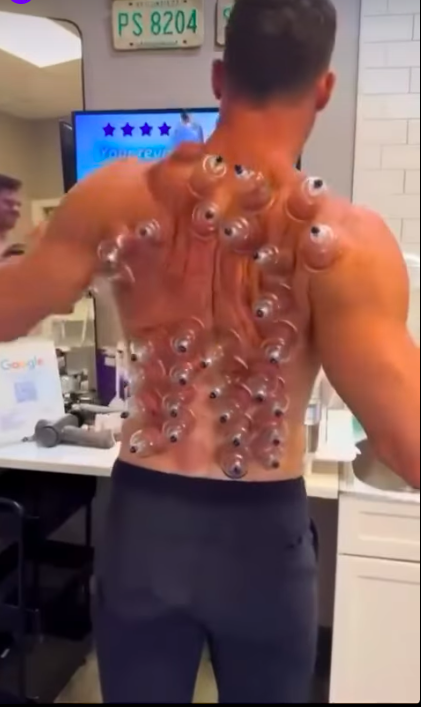
Why Is Everyone Suddenly Into Cupping?
Let’s blame (or thank) the influencers and Olympians. When folks like Gwyneth Paltrow strutted red carpets with circular marks on her back, or Michael Phelps swam his way to Olympic gold with visible bruises, curiosity spiked.
But cupping isn’t just about trends. It taps into something deeper: our craving for natural, time-tested remedies. As more people ditch pills and chase holistic healing, therapies like cupping are getting a second life.
Video: Cupping, does it work?
What Does Cupping Feel Like?
Imagine a vacuum gently gripping your skin. It’s kind of like a reverse massage. Instead of pushing into your muscles, it pulls up on your skin and fascia.
At first, it might feel strange—even a bit intense if the suction is strong—but many say it grows soothing, almost meditative. Others describe it as a deep-release sensation, like the pressure is being lifted, both physically and emotionally.
Different areas of the body react differently. Cupping on the back might feel relaxing, while tighter muscle zones like the neck or thighs may feel more sensitive. It all depends on the technique and the practitioner’s touch.
What’s Up With the Bruises?
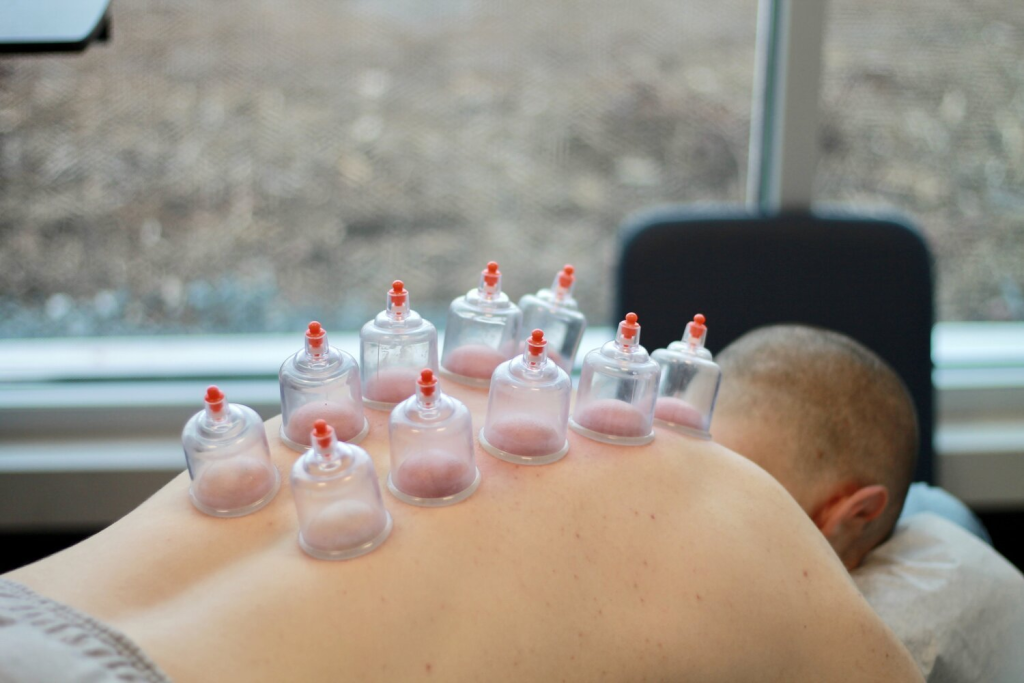
Let’s talk about the elephant in the room: those bold, round marks that look like someone lost a fight with a giant octopus.
Yes, cupping leaves behind “bruises.” But they’re not the kind caused by trauma. These marks are simply the result of blood being drawn to the surface—basically, your body’s way of showing that circulation is increasing.
Depending on your skin, health, and how intense the session was, the marks can last from a couple of days to a full week. Some wear them proudly, like battle scars of wellness. Others… might schedule cupping after beach season. Either way, it’s totally normal.
Health Benefits: Real Relief or Just Hype?
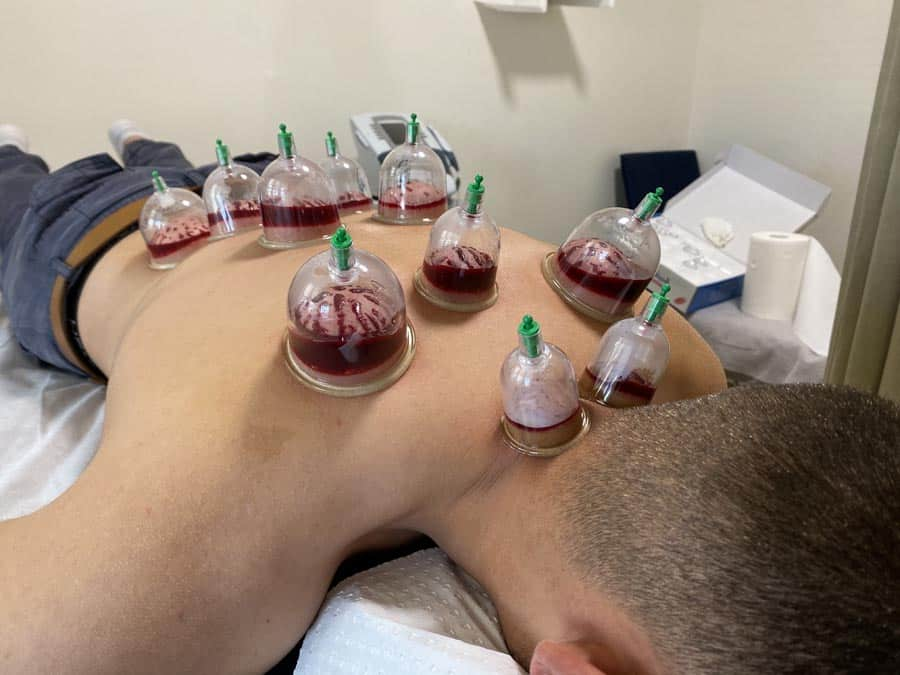
Let’s be clear: while scientific evidence is still growing, many people swear by the results. Athletes use cupping to speed up recovery after workouts. Others rely on it to relieve chronic pain, migraines, muscle stiffness, anxiety—even respiratory issues.
Here’s what cupping might help with:
- Muscle Recovery – It promotes blood flow and helps reduce soreness after intense activity.
- Detox Support – It’s believed to stimulate the lymphatic system and remove built-up toxins.
- Stress Reduction – The deep relaxation during a session can help calm the mind and ease mental tension.
- Pain Management – From neck aches to lower back issues, many people experience genuine relief.
Is it a cure-all? Definitely not. But for those who respond well, it’s a gentle nudge toward healing that doesn’t require a prescription.
Different Types of Cupping Explained
Video: Cupping Therapy: Alternative Medicine for Pain, Immunity & Digestion
There’s more than one way to do this:
- Dry Cupping – This is the standard version. Cups are placed on the skin, and suction is created either by fire or a pump.
- Wet Cupping (Hijama) – This involves making small cuts on the skin before applying suction to draw out a small amount of blood. It’s often used in traditional Islamic medicine.
- Massage Cupping – Cups are moved across the skin to simulate massage and enhance circulation.
- Flash Cupping – Quick, repeated suction-release applications in one area—usually for tight or sensitive spots.
The method you choose depends on your goals, your body, and your comfort level. Always talk to a trained practitioner to figure out what’s right for you.
What to Expect After Your First Session
Post-cupping, you might feel light, a little spacey, or deeply relaxed—like your muscles finally got the break they’ve been begging for. Some people experience mild soreness, similar to how you’d feel after a workout. And yes, the marks will show up soon after.
Hydration is key. Drink water like you’ve just finished a marathon. It helps your body flush out the released toxins and speeds up recovery. Also, avoid cold exposure or strenuous activity for at least 24 hours after a session to give your body time to recalibrate.
Is Cupping Right for You?
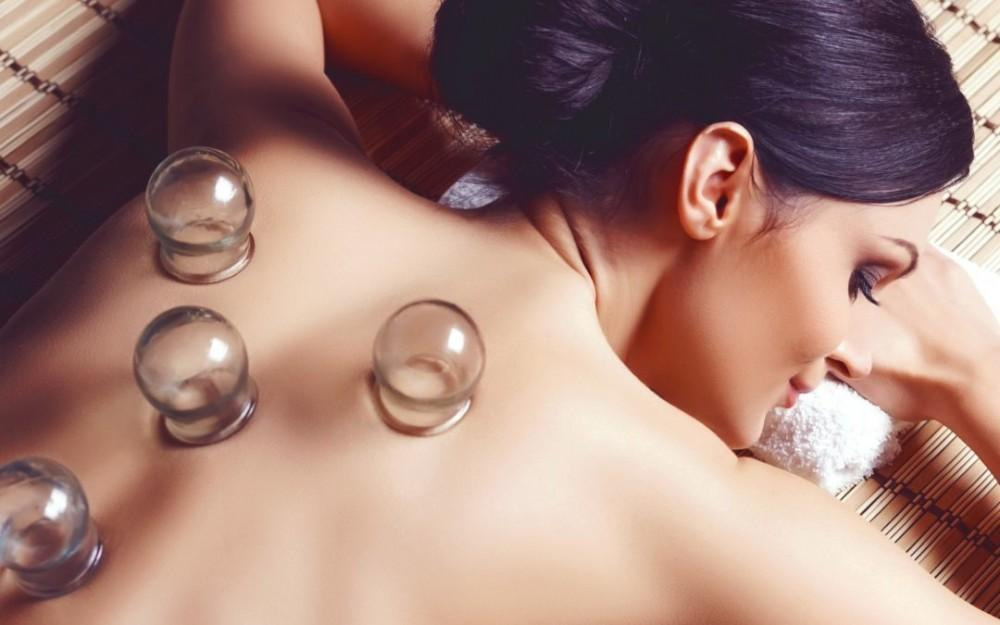
Let’s be honest—it’s not everyone’s cup of tea. If you bruise easily, have sensitive skin, or suffer from certain medical conditions like hemophilia or deep vein thrombosis, you should consult a doctor first.
But if you’re looking for a natural, non-invasive way to ease tension and try something new, cupping could be a game-changer. Just make sure you go to a licensed, experienced practitioner. Good technique matters—a lot.
Conclusion: A Circle of Healing
Cupping therapy may look bizarre, but don’t let the marks fool you—it’s a practice steeped in history, filled with healing potential, and embraced by people from all walks of life. Whether you’re chasing pain relief, better circulation, or just want to explore something ancient and powerful, cupping invites you to slow down, reconnect with your body, and maybe even feel brand new.
So, have you tried cupping yet? Whether you’re skeptical or sold, one thing’s for sure—those little glass cups are here to stay.


